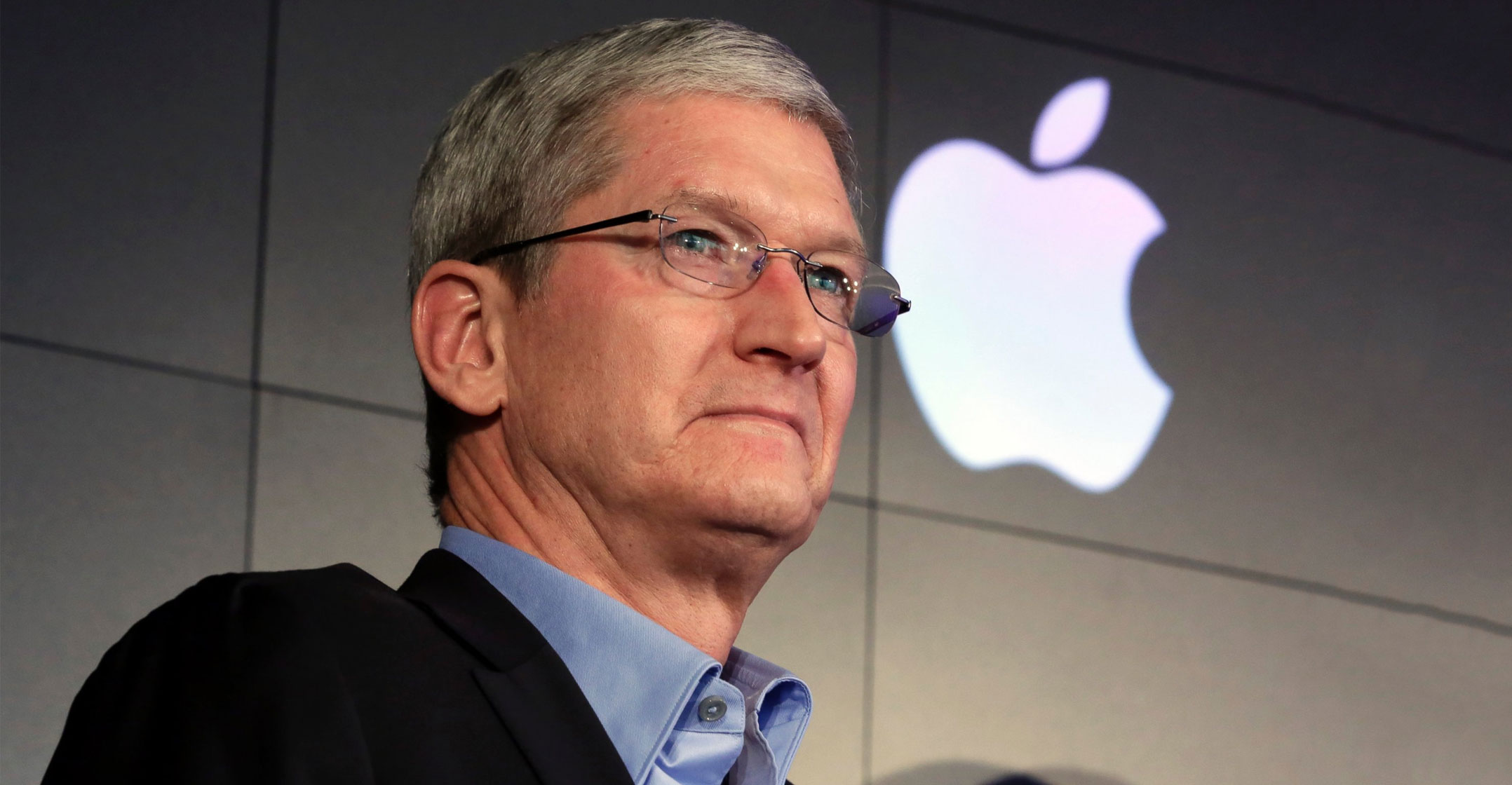
First it was the Olympics, and now this! Apple might delay the release of its upcoming 5G iPhone by several months because of the Covid-19 pandemic, Nikkei reported on Thursday. To be frank, such a decision has yet been made and we still have another month or two before Apple has to finalise a schedule. Apple itself declined to comment, Nikkei reported.
Yet the current supply chain woes are real and could persist beyond a return to relative normalcy in China.
At stake is more than US$260-billion in annual procurement by Apple alone, with satellite companies such as makers of accessories, cases and software also likely to be affected. While the world will be sad about putting so much of regular life on hold including the quadrennial Olympic display of citius, altius, fortius, pushing back the annual iPhone cycle could have an impact that goes far deeper than Apple investors and the devotees who line up at dawn to buy a handset.
In the first few years after its 2007 release, Apple’s iconic smartphone came out in June before a switch to the late September schedule. That regularity gives consumers something to look forward to, and also kindly helps fanboys, tech journalists and analysts plan their holidays.
More importantly, for more than a decade, hundreds of thousands of people have relied on the tick-tock rhythm of iPhone releases to make a living. The bulk of them are part of the hardware supply chain in Taiwan, China, Japan and South Korea.
Companies that sell parts for the iPhone are seeing signs that mass production could be pushed out by up to three months, Nikkei reported.
Complication
The company has urged suppliers to get back up to speed in China after the Covid-19 outbreak started to dissipate: Foxconn Technology Group, the largest assembler of the devices, expects a return to full capacity by the end of this month.
With a new device, however, the complication isn’t merely in getting rows of workers to stand at a production line.
Humans need to shuttle back and forth — between Cupertino, where Apple is based, and Shenzhen and Zhengzhou, the two major iPhone assembly hubs — to confer on development and manufacturing. The company sends teams around the world whose sole job is to check in with providers of the minutiae: screws, glue, glass, wiring, solder, circuit boards, paint. There are some jobs that simply can’t be done over Zoom.
 Not only are thousands of Apple staff in California under shelter-in-place conditions, many who arrive in China would be placed in mandatory 14-day quarantine. Similar restrictions apply for those who travel to other supplier locations, assuming they could get a flight or are even allowed in.
Not only are thousands of Apple staff in California under shelter-in-place conditions, many who arrive in China would be placed in mandatory 14-day quarantine. Similar restrictions apply for those who travel to other supplier locations, assuming they could get a flight or are even allowed in.
As a result, even if every factory in China, Taiwan, South Korea and Japan were fully operational (which they’re not), there’s a real chance that thousands of people — from management and administration personnel to production staff and supervisors — could be left spinning their wheels, waiting to build a product that’s not even finalised.
That would mean unemployment for factory workers and reduced salaries or job cuts among the rest, which will have a ripple effect throughout China’s economy just as its own virus storm looks to have passed.
Those companies that make iPhone cases, screen covers and other accessories need a new handset — and the accompanying buzz — to drive their own revenue. Any delay could be devastating amid what’s already set to be a global economic slowdown.
According to Nikkei’s sources, one consideration in a possible delay is that Apple itself is worried the new device may meet a poor reception and that it really needs the first 5G iPhone to be a hit.
But Apple can do without this faster connectivity for another year. Current 5G devices aren’t particularly compelling, for various technical reasons, and so a 12-month delay won’t hurt much in the long run. Additionally, Apple is unlikely to delay the launch because of a weak consumer market. It went ahead with the 3G and 3GS devices amid the 2008/2009 financial crisis.
Better option
A better option would be to find ways to jazz up the current design — faster processor, better battery life, software improvements — and come out with a device that doesn’t include 5G but does arrive on schedule. To be sure, tweaking an existing product isn’t as simple as swapping out one part for another, but it’s the kind of scenario that CEO Tim Cook and his team could game plan.
We’re still six months away from Apple’s annual iPhone release window, and the world now needs it more than ever. — By Tim Culpan, (c) 2020 Bloomberg LP




